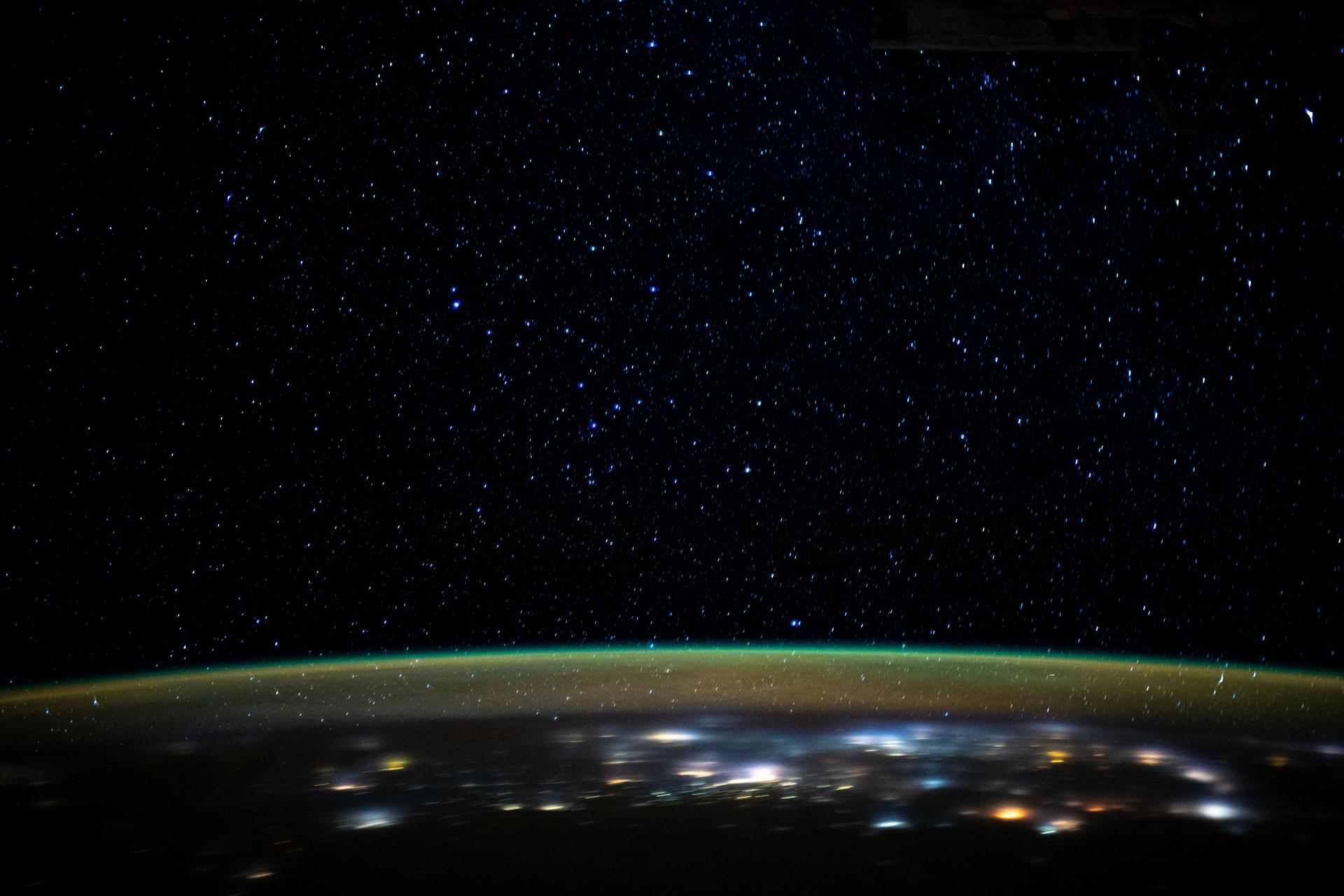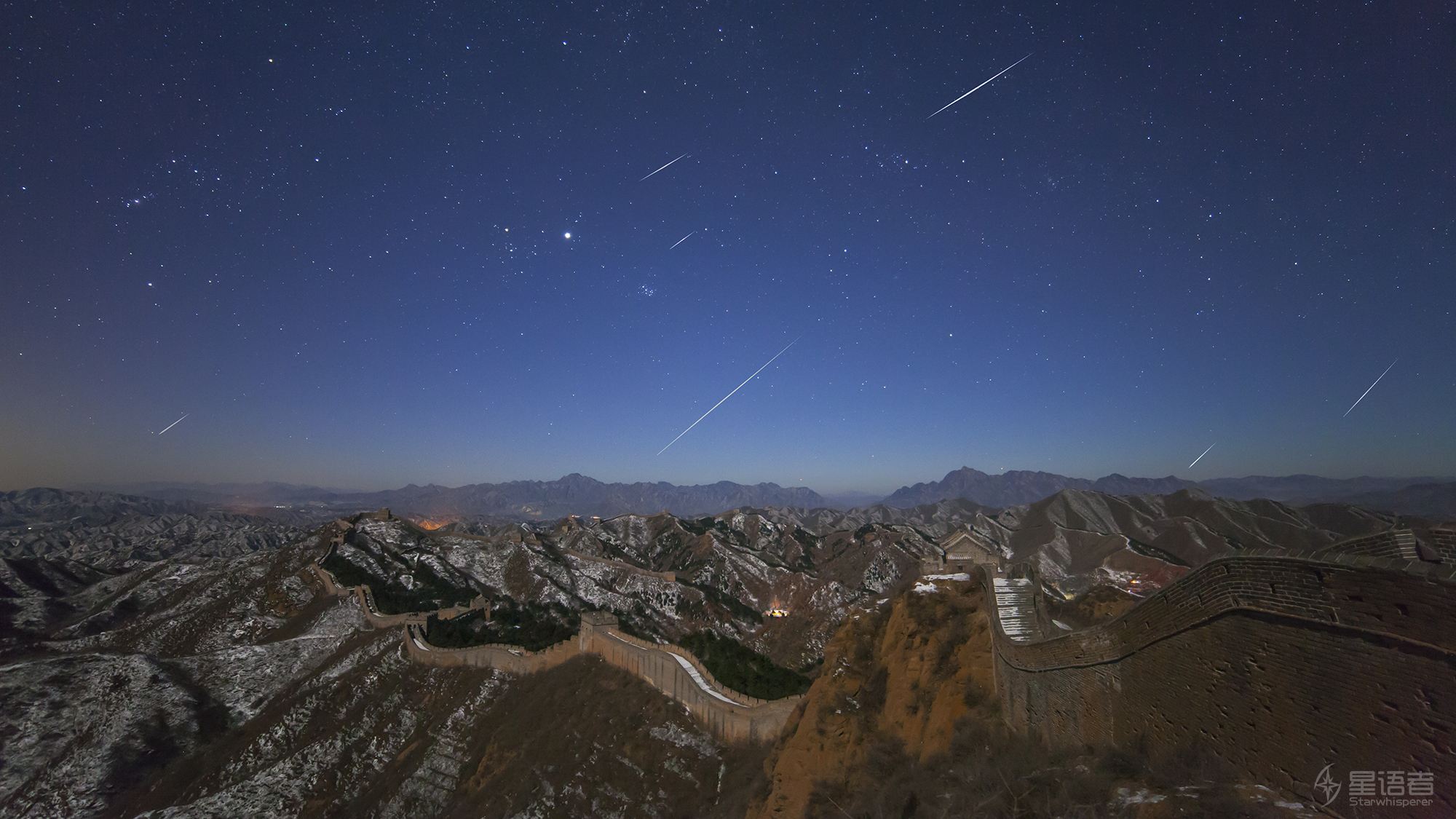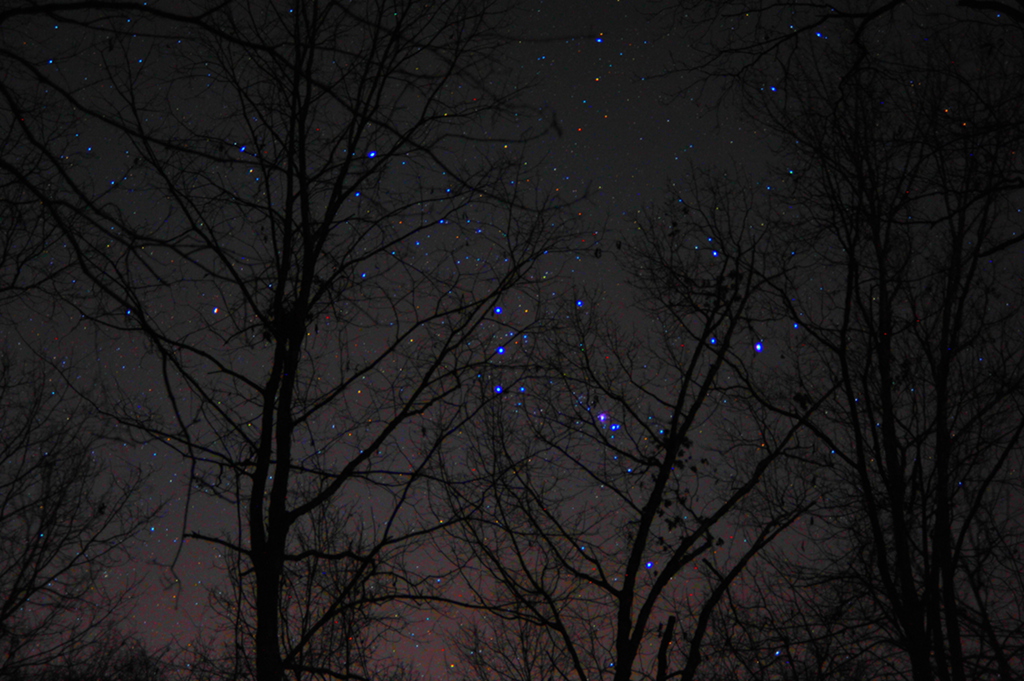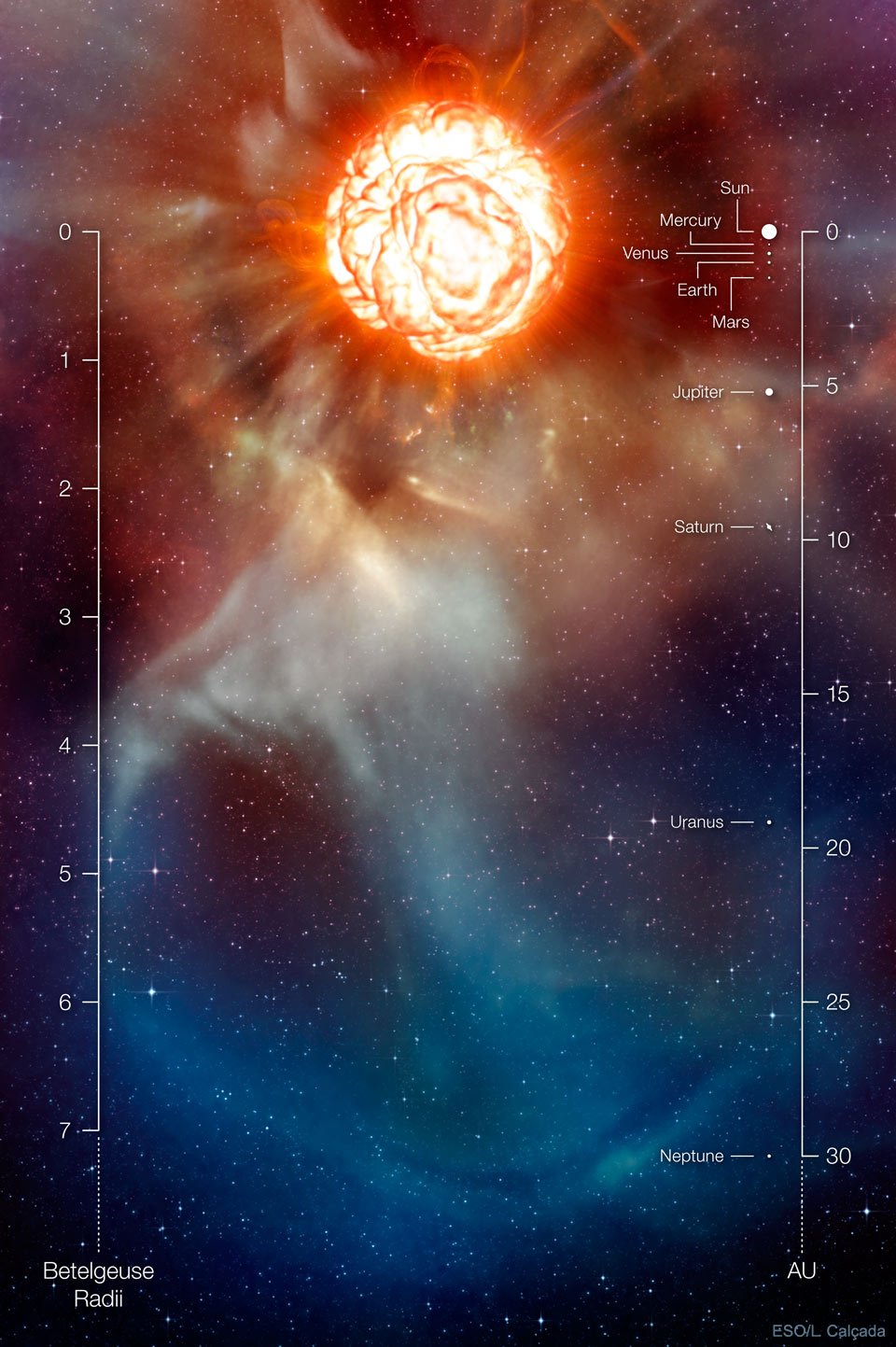从空间站看到的闪闪发光的地球光
Stars glitter in the night sky above the Earth’s atmospheric glow, as the International Space Station orbited 260 miles above the Earth as it was about to cross over the Caspian Sea. Image Credit: NASA 国际空间站即将穿过里海,围绕地球260英里的上空运行,在地球大气辉光的上方,星星在夜空中闪烁。 影像来源:NASA





